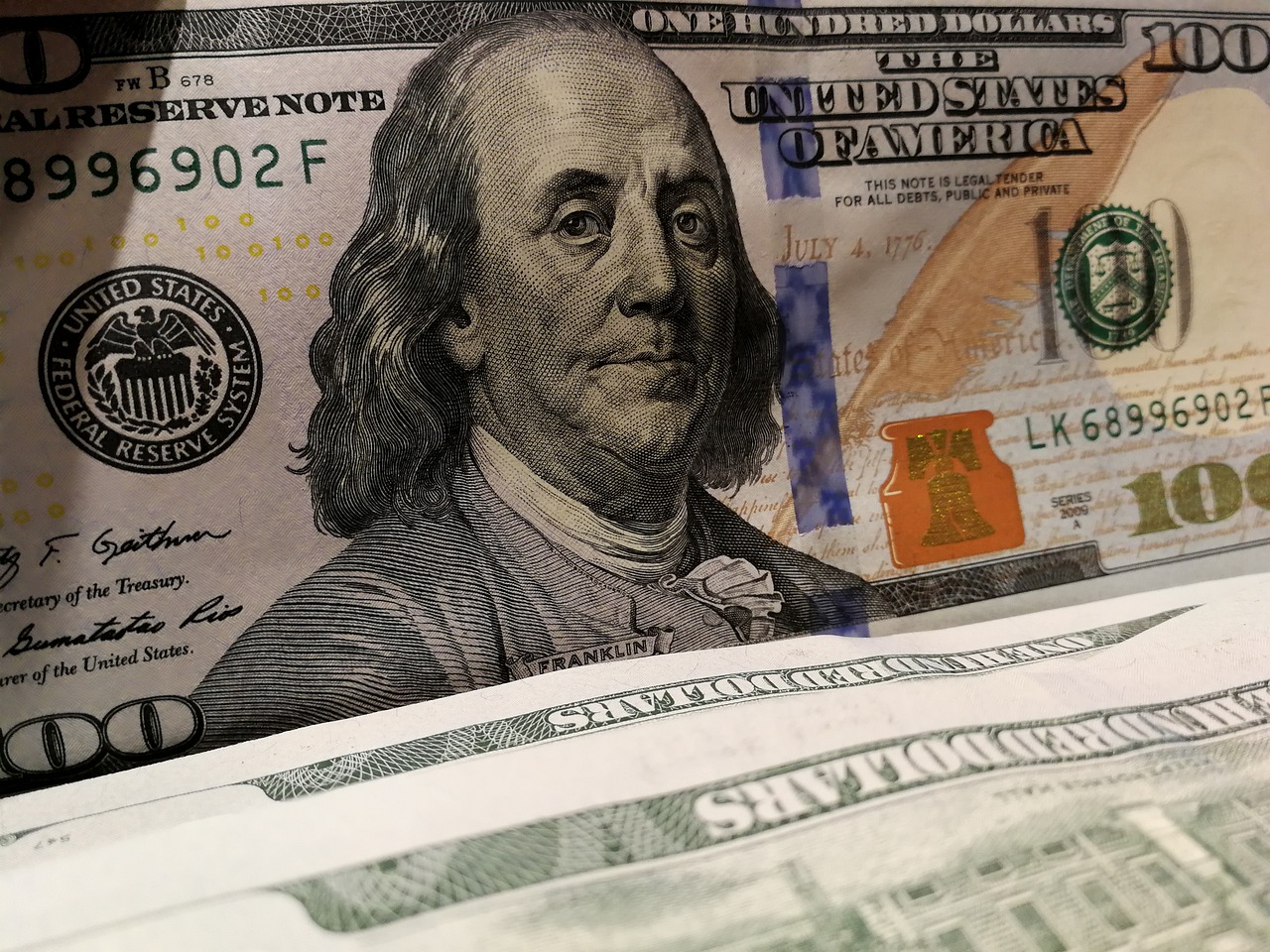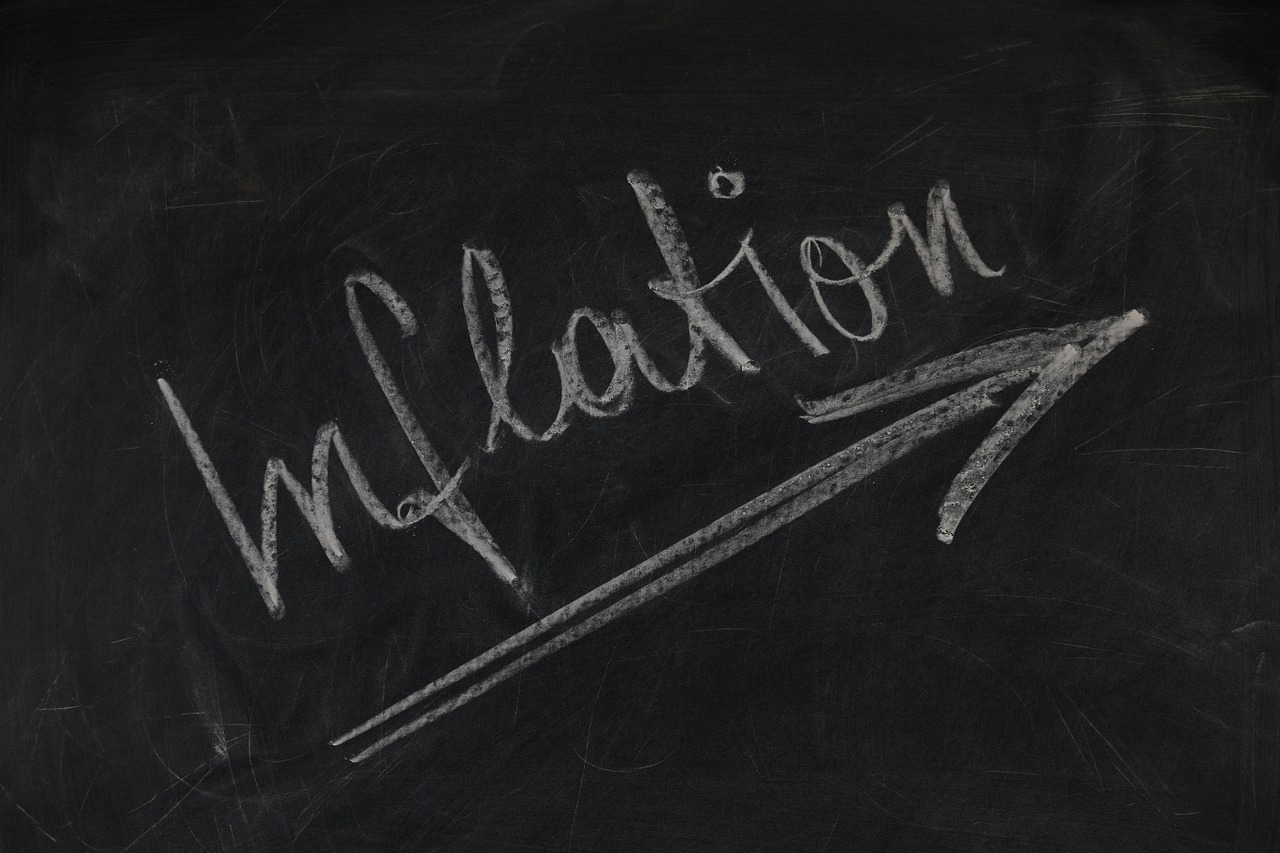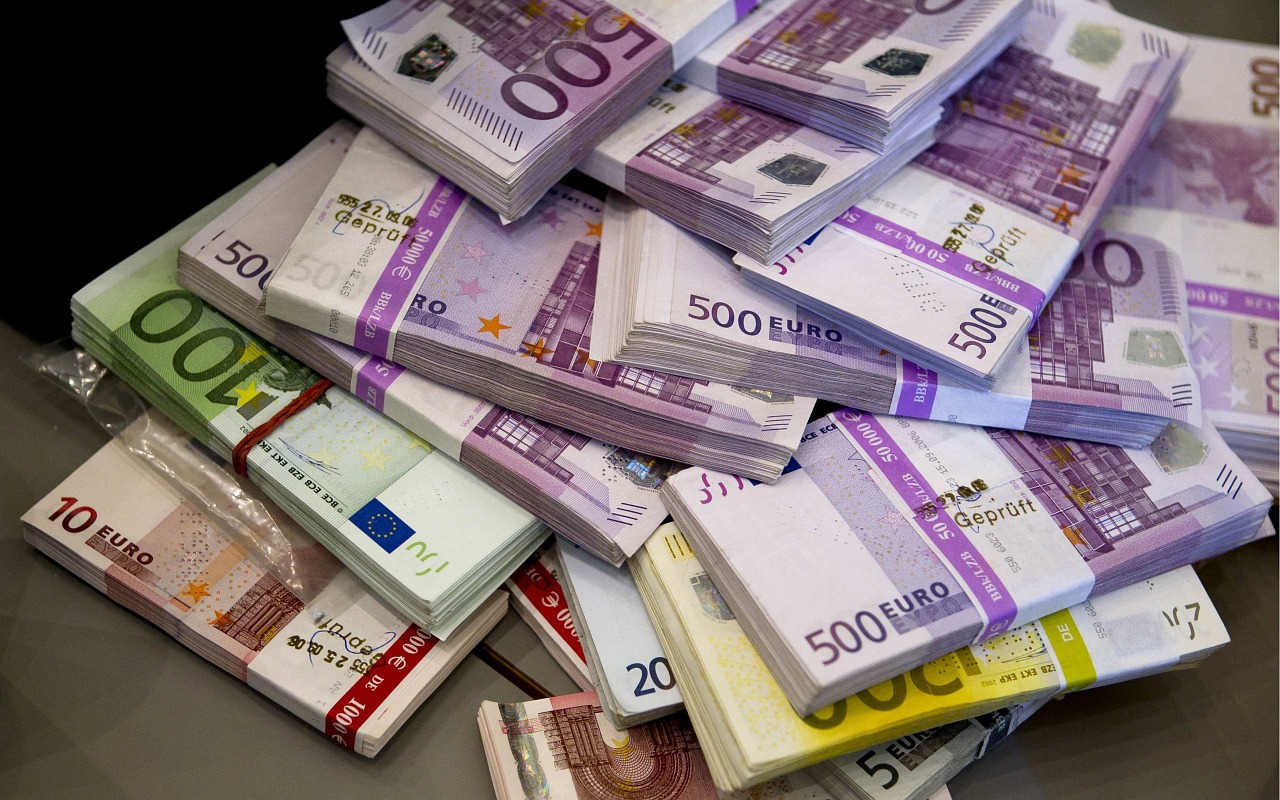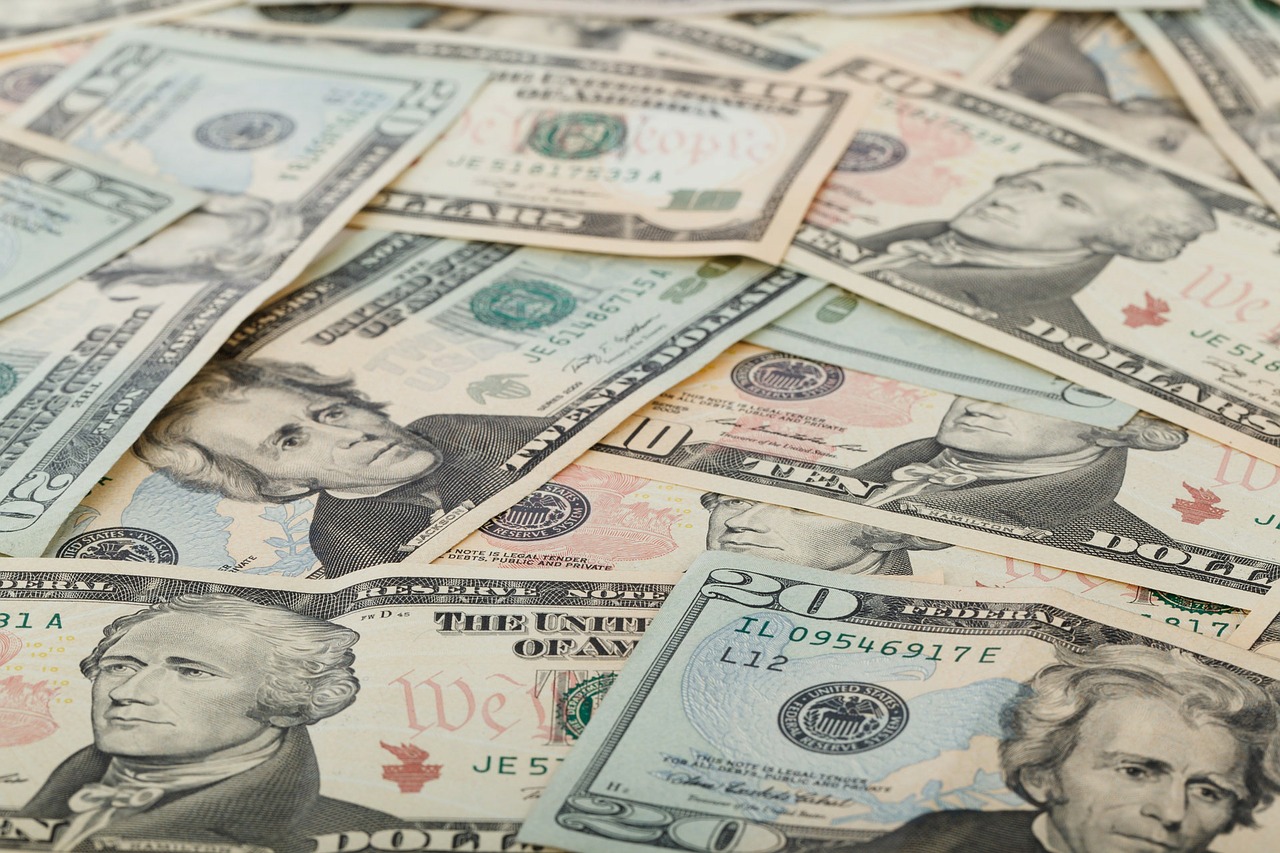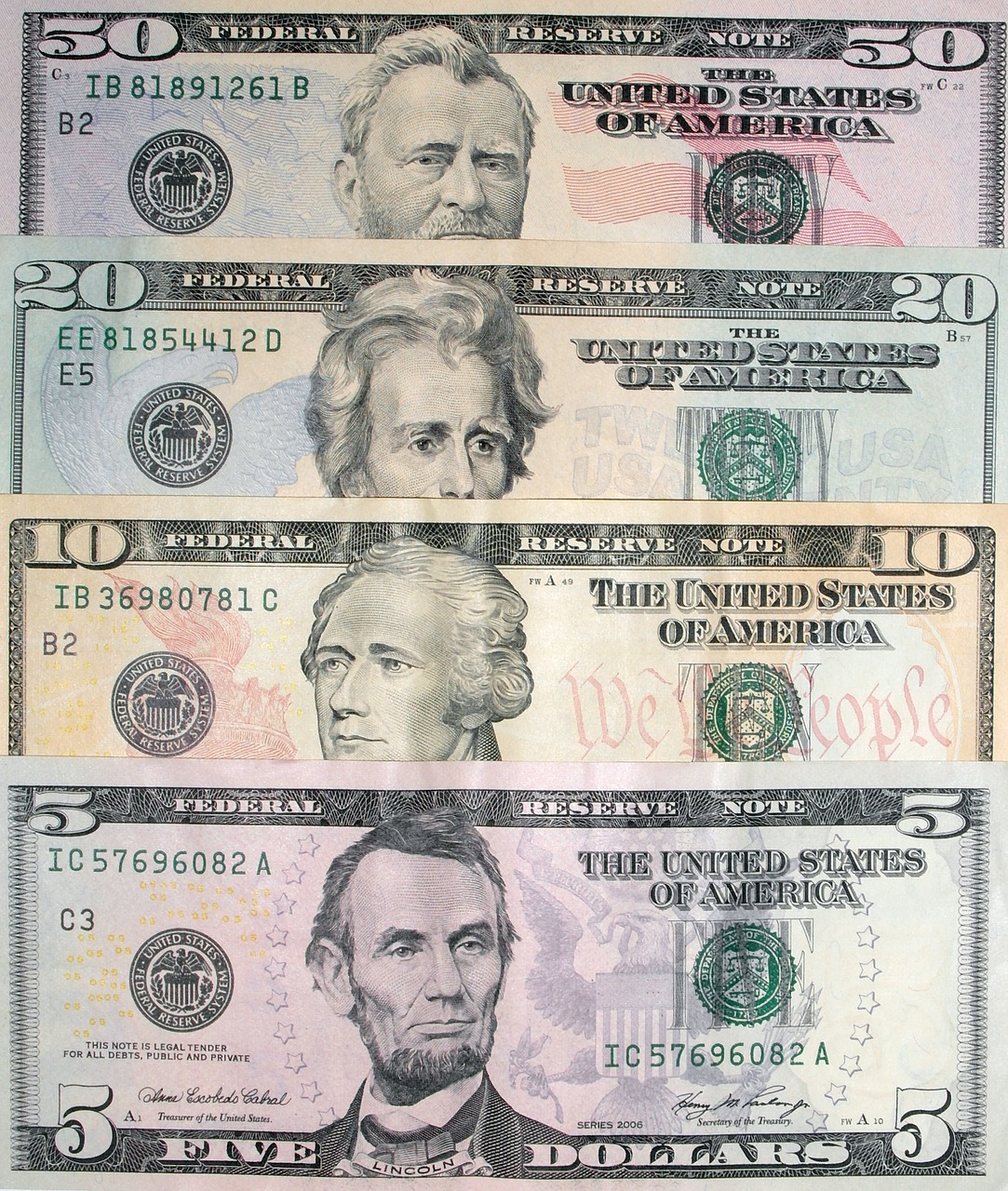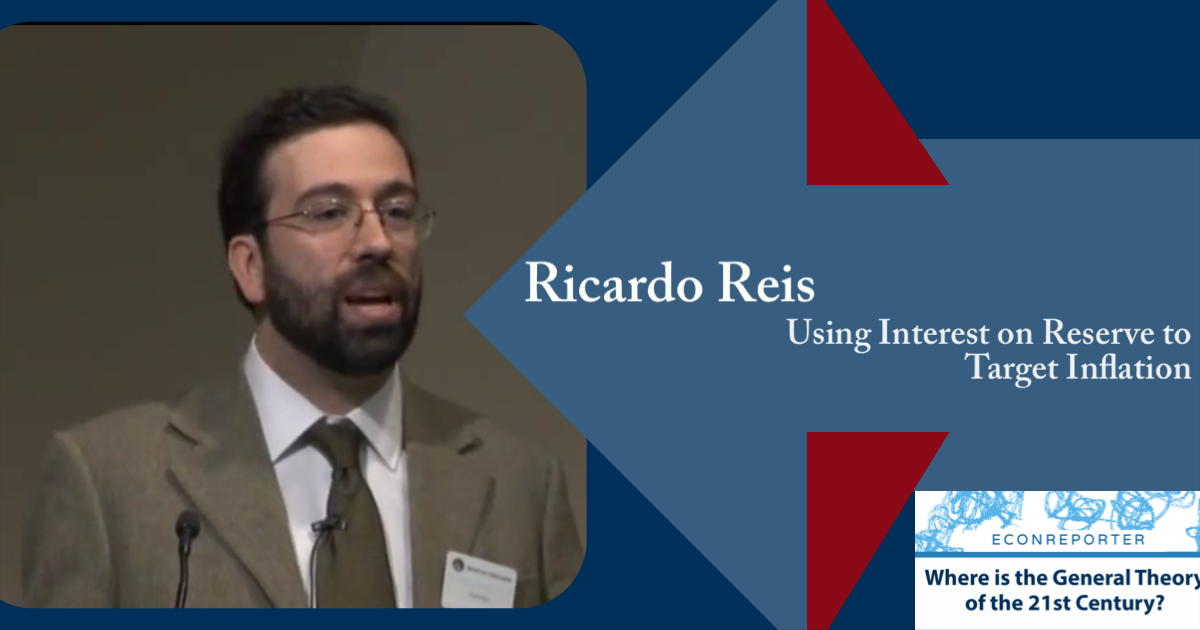Monthly Archives: February 2019
Phillips Curve is Not a Straight Line…
A story about three economists agree with the prevailing consensus that the Phillips Curve of the US is flattened in the last few decades on the one hand; and dispute the idea that the Phillips Curve is dead on the other.
FedSpeak Might Not Have Much Effects on Public’s Inflation Expectation
In a recent NBER working paper "Monetary Policy Communications and their Effects on Household Inflation Expectations", economists Olivier Coibion, Yuriy Gorodnichenko and Michael Weber tried to find out how the household's expectation for inflation change with regard to the information they received.
Americans have not been this optimistic about their financial situation — for the last 16 years
69% of American is financially optimistic, reaching the highest level for the last 16 years.
Germany’s GDP Data might have been Distorted by Questionable Data
Germany's GDP data for 2018 might have been distorted by some questionable data provided by the pharmaceutical manufacturing industry.
OECD governments borrowing expected to hit record $11tn
Gross borrowing of OECD governments from the markets is set to surpass $11tn this year. This would be a new record, above the current record of $10.9 trillion set in 2010.
Derivatives’s Credit Terms in Eurozone Tighten Further
The latest SESFOD shows that the credit terms offered to counterparties for both securities financing and OTC derivative transactions is further tightened.
Most of China’s Foreign Currency Credit are in USD
According to the data from BIS global liquidity indicators, as of September 2018, most foreign currency credits to China is still denominated with US dollar.
The Rise of Non-Bank US Dollar Credit Continues
The latest BIS global liquidity indicators showed that the share of Non-bank USD denominated credit continued its rising trend.
Latest
Featured
-- Advertisement --


